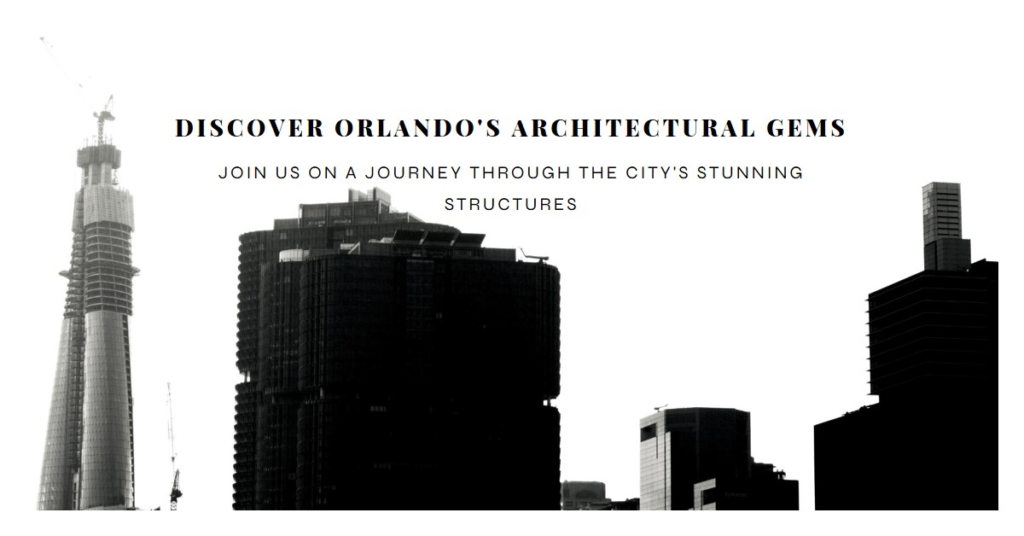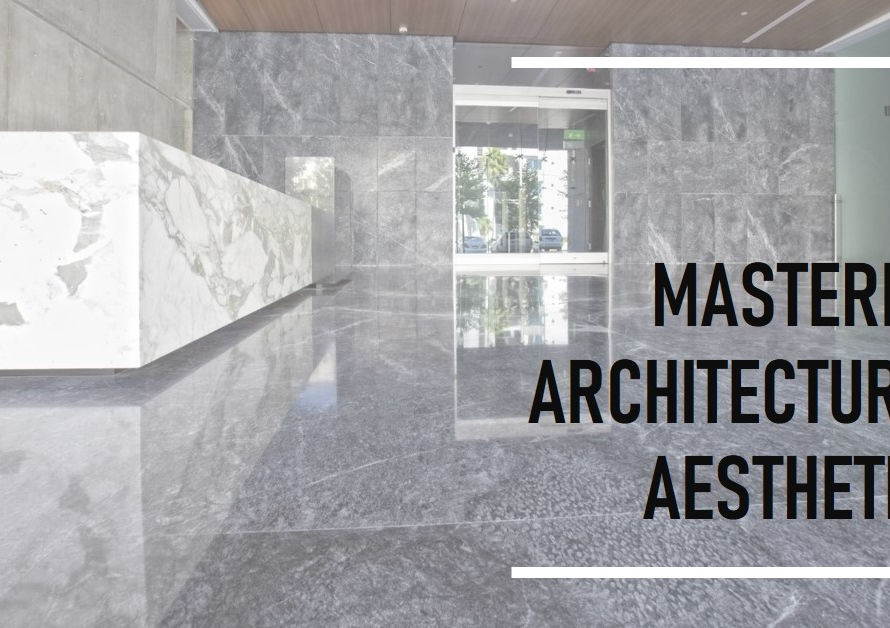
Table of Contents
Introduction: Embarking on a Journey Through Pittsburgh’s Architectural Riches
In the bustling cityscape of Pittsburgh, amidst the towering skyscrapers and historic landmarks, lie the works of architectural maestros whose vision and innovation have shaped the city’s identity. From the steel-framed marvels echoing the city’s industrial past to the sleek contemporary designs symbolizing its future, Pittsburgh boasts a diverse tapestry of architectural brilliance.
Section 1: The Legacy of Henry Hobson Richardson
At the heart of Pittsburgh’s architectural heritage lies the influence of Henry Hobson Richardson, whose Richardsonian Romanesque style left an indelible mark on the city’s landscape. Richardson’s design philosophy, characterized by robust masonry, rounded arches, and intricate ornamentation, is prominently displayed in iconic structures like the Allegheny County Courthouse and the exquisite Emmanuel Episcopal Church. These buildings stand as enduring testaments to Richardson’s commitment to blending historical precedent with innovative design, shaping the architectural language of Pittsburgh for generations to come.
Section 2: Frank Lloyd Wright’s Pittsburgh Connection
Renowned architect Frank Lloyd Wright, though not a native of Pittsburgh, left an indelible imprint on the city with his visionary designs. Wright’s organic architecture principles, emphasizing harmony with the natural environment, found expression in the iconic Fallingwater residence, nestled amidst the verdant landscapes of southwestern Pennsylvania. Additionally, the lesser-known but equally captivating Wright-designed Duncan House in Polymath Park offers a glimpse into the architect’s revolutionary spatial concepts, underscoring Pittsburgh’s role as a canvas for architectural experimentation and ingenuity.
Section 3: The Modernist Marvels of Richard Meier
In the realm of contemporary architecture, Richard Meier stands as a luminary whose minimalist aesthetic and geometric precision have reshaped Pittsburgh’s skyline. Meier’s crowning achievement in the city, the PNC Plaza, exemplifies his signature style with its gleaming white facades, soaring atriums, and meticulous attention to detail. As a beacon of sustainability and innovation, the PNC Plaza not only serves as a testament to Meier’s architectural prowess but also underscores Pittsburgh’s commitment to embracing cutting-edge design in the 21st century.
Section 4: David Adjaye’s Visionary Designs
David Adjaye, the internationally acclaimed architect, has left an indelible mark on Pittsburgh with his transformative approach to urban architecture. His innovative design for the August Wilson Center for African American Culture seamlessly integrates modernist elements with nods to the city’s rich cultural heritage, creating a dynamic space for artistic expression and community engagement. Adjaye’s influence extends beyond individual structures, as his visionary master plans for urban revitalization projects breathe new life into Pittsburgh’s neighborhoods, fostering a sense of connectivity and belonging within the city’s fabric.


Section 5: The Renaissance of Adaptive Reuse: Breathtaking Transformations by Bohlin Cywinski Jackson
Bohlin Cywinski Jackson, renowned for their commitment to sustainable design and adaptive reuse, has played a pivotal role in revitalizing Pittsburgh’s historic buildings for contemporary use. From the transformation of the former Allegheny County Jail into the sleek and modern home of the Heinz History Center to the adaptive reuse of the South Side Market House as a vibrant community hub, BCJ’s projects showcase the power of preservation and innovation in preserving Pittsburgh’s architectural legacy while embracing its future.
Section 6: Bold Innovations in Urban Planning by Daniel Libeskind
Daniel Libeskind, with his bold and avant-garde approach to urban planning, has reshaped Pittsburgh’s cityscape with projects that defy convention and inspire awe. His design for the masterful expansion of the Pittsburgh Cultural District, featuring the iconic Pritzker Pavilion and the striking Contemporary Arts Center, reflects his belief in architecture as a catalyst for cultural and social transformation. Libeskind’s visionary urban interventions not only redefine the boundaries of possibility but also reaffirm Pittsburgh’s status as a global hub of architectural innovation and creativity.
Section 7: Bridging Past and Present: Collaborative Works by KPF Architects
Kohn Pedersen Fox Associates (KPF), known for their collaborative ethos and multidisciplinary approach, have left an indelible mark on Pittsburgh’s architectural landscape through their transformative projects. From the innovative redesign of the historic Kaufmann’s department store into a mixed-use development known as The Kaufmann’s Grand on Fifth to the sleek and sustainable Tower at PNC Plaza, KPF’s designs seamlessly blend tradition with modernity, creating spaces that honor Pittsburgh’s heritage while embracing its future.
Section 8: Celebrating Diversity in Design: The Impact of Local Architects
Amidst the towering achievements of renowned architects, Pittsburgh’s architectural tapestry is enriched by the contributions of local talent whose passion and creativity infuse the city with unique character and charm. From boutique firms specializing in sustainable design to grassroots organizations championing inclusive architecture, Pittsburgh’s local architects play a vital role in shaping the built environment and fostering a sense of place within the community.
Conclusion: Pittsburgh’s Architectural Renaissance: A Testament to Vision and Innovation
As we traverse the architectural wonders of Pittsburgh, from the historic landmarks to the cutting-edge skyscrapers, we bear witness to a city in constant flux, guided by the visionary genius of its architects. Through their creativity, ingenuity, and unwavering dedication to excellence, these architectural maestros have transformed Pittsburgh into a vibrant canvas where past and present converge, creating a legacy that will endure for generations to come.


